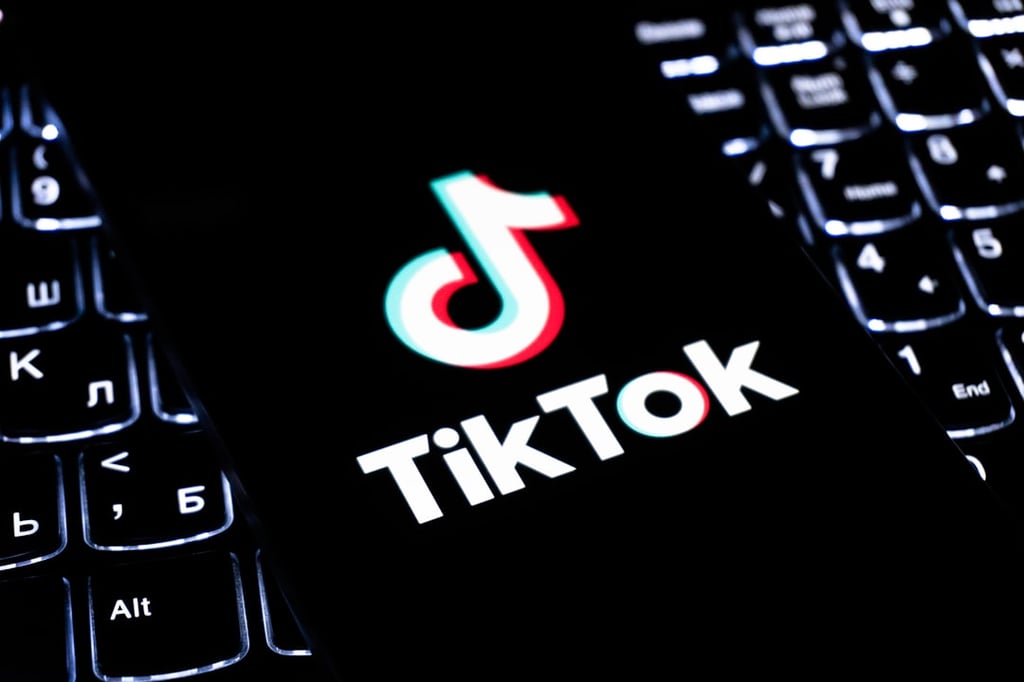Companies are quickly, and sometimes starkly, realizing the risks associated with allowing iPads and Android smartphones in the workplace. Bring your own device (BYOD) programs, however popular, are causing headaches for businesses. Varonis, a New York City-based data governance software provider, discovered that half of the firms it surveyed had lost a device that contained […]
Datamation content and product recommendations are
editorially independent. We may make money when you click on links
to our partners.
Learn More
Companies are quickly, and sometimes starkly, realizing the risks associated with allowing iPads and Android smartphones in the workplace. Bring your own device (BYOD) programs, however popular, are causing headaches for businesses.
Varonis, a New York City-based data governance software provider, discovered that half of the firms it surveyed had lost a device that contained important business data. For over a fifth of those companies, the loss resulted in a security issue.
Encouragingly, some organizations are taking steps to lock down their mobile devices. To protect themselves, 57 percent said that they employ password protection while 35 percent reported having the ability to remotely wipe lost or stolen device. Only 24 percent guard their mobile data with encryption.
Employees are becoming wary, too. Fearing that their health information or personal data may be at risk, BYOD is considered risky by 57 percent of workers.
Those fears are doing little to break their addictions to their smartphones and tablets, however.
A large majority of workers, 86 percent, are “obsessed” with their mobile devices and use their devices for work both all day and night. Table manners appear to be a thing of the past for the 44 percent that admitted to using their devices during a meal.
The results echo those of a survey conducted by TNS Global Research for Dell and Intel that calls into question the concept of work hours. Sixty percent of workers polled would have trouble fitting their workloads into a 9 to 5 schedule. Forty-three percent said that they under pressure to work more hours.
There are also signs that instead of improving productivity, BYOD programs are an excuse for some workers to slack off. According to Varonis, “nearly a quarter of employees stated that they spend more time than they care to admit using their personal device for personal use during work hours.”
There is little use fighting it, suggests David Gibson, vice president of Strategy at Varonis. “Being connected to work around the clock appears to be accepted as the ‘new normal’,” he said in a company statement.
To prevent the popularity of BYOD from becoming a security problem, Gibson advises vigilance with a dash of mobile device management (MDM). “Making sure controls are appropriate to the risks — if the data is valuable, organizations need to control where it resides and who has access to it, need to be able to audit use, spot abuse,” he added.
Pedro Hernandez is a contributing editor at InternetNews.com, the news service of the IT Business Edge Network, the network for technology professionals. Follow him on Twitter @ecoINSITE.
-
Huawei’s AI Update: Things Are Moving Faster Than We Think
FEATURE | By Rob Enderle,
December 04, 2020
-
Keeping Machine Learning Algorithms Honest in the ‘Ethics-First’ Era
ARTIFICIAL INTELLIGENCE | By Guest Author,
November 18, 2020
-
Key Trends in Chatbots and RPA
FEATURE | By Guest Author,
November 10, 2020
-
Top 10 AIOps Companies
FEATURE | By Samuel Greengard,
November 05, 2020
-
What is Text Analysis?
ARTIFICIAL INTELLIGENCE | By Guest Author,
November 02, 2020
-
How Intel’s Work With Autonomous Cars Could Redefine General Purpose AI
ARTIFICIAL INTELLIGENCE | By Rob Enderle,
October 29, 2020
-
Dell Technologies World: Weaving Together Human And Machine Interaction For AI And Robotics
ARTIFICIAL INTELLIGENCE | By Rob Enderle,
October 23, 2020
-
The Super Moderator, or How IBM Project Debater Could Save Social Media
FEATURE | By Rob Enderle,
October 16, 2020
-
Top 10 Chatbot Platforms
FEATURE | By Cynthia Harvey,
October 07, 2020
-
Finding a Career Path in AI
ARTIFICIAL INTELLIGENCE | By Guest Author,
October 05, 2020
-
CIOs Discuss the Promise of AI and Data Science
FEATURE | By Guest Author,
September 25, 2020
-
Microsoft Is Building An AI Product That Could Predict The Future
FEATURE | By Rob Enderle,
September 25, 2020
-
Top 10 Machine Learning Companies 2020
FEATURE | By Cynthia Harvey,
September 22, 2020
-
NVIDIA and ARM: Massively Changing The AI Landscape
ARTIFICIAL INTELLIGENCE | By Rob Enderle,
September 18, 2020
-
Continuous Intelligence: Expert Discussion [Video and Podcast]
ARTIFICIAL INTELLIGENCE | By James Maguire,
September 14, 2020
-
Artificial Intelligence: Governance and Ethics [Video]
ARTIFICIAL INTELLIGENCE | By James Maguire,
September 13, 2020
-
IBM Watson At The US Open: Showcasing The Power Of A Mature Enterprise-Class AI
FEATURE | By Rob Enderle,
September 11, 2020
-
Artificial Intelligence: Perception vs. Reality
FEATURE | By James Maguire,
September 09, 2020
-
Anticipating The Coming Wave Of AI Enhanced PCs
FEATURE | By Rob Enderle,
September 05, 2020
-
The Critical Nature Of IBM’s NLP (Natural Language Processing) Effort
ARTIFICIAL INTELLIGENCE | By Rob Enderle,
August 14, 2020
SEE ALL
ARTICLES
Pedro Hernandez is a contributor to Datamation, eWEEK, and the IT Business Edge Network, the network for technology professionals. Previously, he served as a managing editor for the Internet.com network of IT-related websites and as the Green IT curator for GigaOM Pro.




